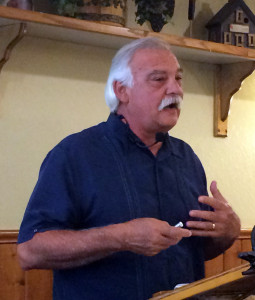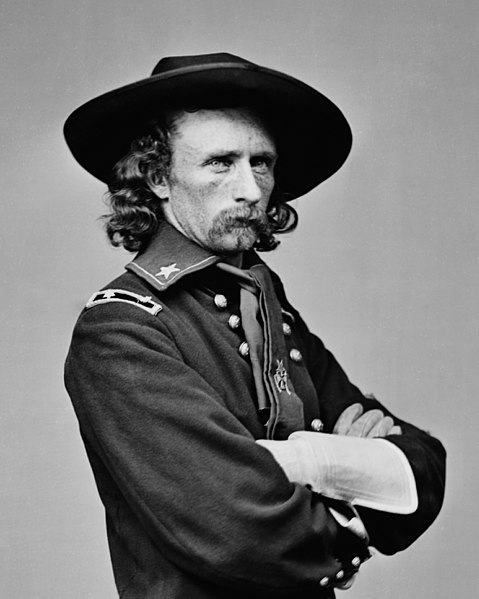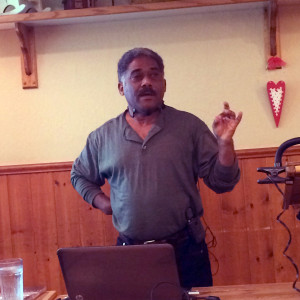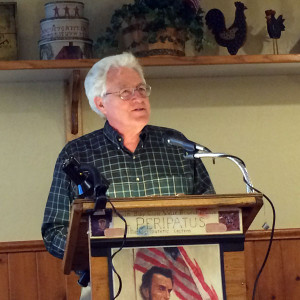Tom Roza on “Ambrose Powell Hill, A Confederate Warrior: West Point to Chancellorsville”

A.P. Hill (Wikipedia)
During the four year history of the Civil War, there have been a number of military leaders on both sides who exhibited a wide variety of both strategic and tactical skills as well as personal courage under fire. For the Union, there were Joshua Chamberlain, Ulysses S. Grant, William Sherman, and Philip Sheridan among others. For the South, you have Robert E. Lee, James Longstreet, Stonewall Jackson, and Nathan Bedford Forrest.
But, there is one other person who is on a par with these individuals: Ambrose Powell Hill of Virginia. Hill’s entire adult life was spent in the military and during that period, his body was wracked with a variety of medical illnesses and maladies. Despite his very poor health, which deteriorated over time, Hill rose to become the best division commander in the Confederate Army of Northern Virginia and finally the Corps Commander of Lee’s Third Corp. Hill’s exceptional battlefield tactics were nowhere better demonstrated then at the Battle of Antietam when he marched his troops 17 miles and saved Lee’s army from almost certain destruction.
Despite Hill’s exceptional qualities as a battlefield commander, he often had run-ins with his superiors that resulted in Hill being arrested on several occasions and relieved of command, only to be reinstated when the Army really needed him. Hill was involved in virtually every major military event that the Confederate Army of Northern Virginia was involved in from First Bull Run in July 1861 to the collapse of the Southern defense of Petersburg in April 1865.
The story of A.P. Hill takes numerous interesting twists and turns both in his personal and military lives. And, Hill’s interaction with his troops and his superiors reveals numerous little known insights into what made the Army of Northern Virginia the effective fighting force it became. Therefore, in order to do justice to telling the story of AP Hill, there will be two presentations:
- May: West Point to Chancellorsville
- June: Gettysburg to Petersburg
Tom Roza has been a student of the American Civil War since 1960 and has toured several battlefields that AP Hill participated at (Bull Run, Fredericksburg, Chancellorsville, Gettysburg, the Wilderness, and Spotsylvania Courthouse). This provided Tom with the ability to see first-hand the terrain where Hill led his troops in combat and these experiences have helped shape the content of the presentations.
Tom’s previous presentations for the SBCWRT have been on John Buford, Winfield Scott Hancock, and Robert Gould Shaw and the 54th Massachusetts Regiment.





